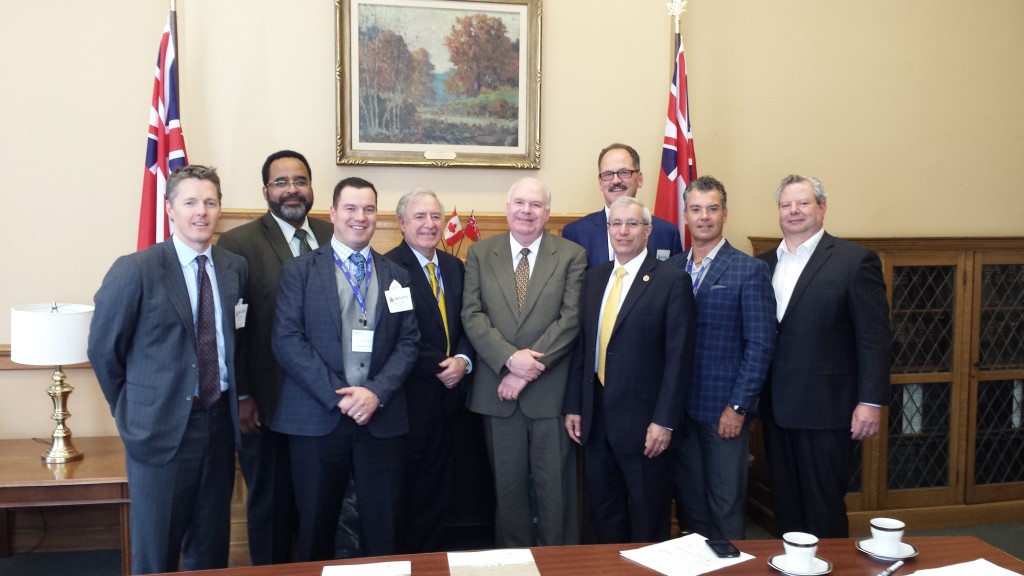“Successful leadership in sales hinges on your ability to consistently make good choices. The number of issues you’re expected to manage on any given day are considerable and one of the most important skills in your decision making toolbox is the ability to decide quickly what warrants your immediate, direct attention. This is because time isn’t just money: time is a non-renewable resource.
Back in the 1950s, U.S. President Dwight Eisenhower understood this. Lucky for us, he shared his secret time-management recipe – one that helped power him forward just as much as a five-star general on the battlefield as it did as Commander in Chief in the Oval Office,” wrote Colleen Francis Special to The Globe and Mail on May 22, 2015.
“I have two kinds of problems,” said Eisenhower, “the urgent and the important. The urgent are not important, and the important are never urgent.”
Francis continued, “What Eisenhower was saying – which today is formally recognized as “The Eisenhower Matrix” – is that all business problems can be grouped into one of four categories:
- Urgent and important: a very short list of items where you must act immediately;
- Urgent but less important: a short list of tasks where you would be better served to delegate right away;
- Non urgent but important: a longer list of tasks that you must act on, but later;
- Non urgent and unimportant: matters that don’t require your attention.”
Read the full article here.
Raymond Matt, CFP, CLU, TEP, CHS
